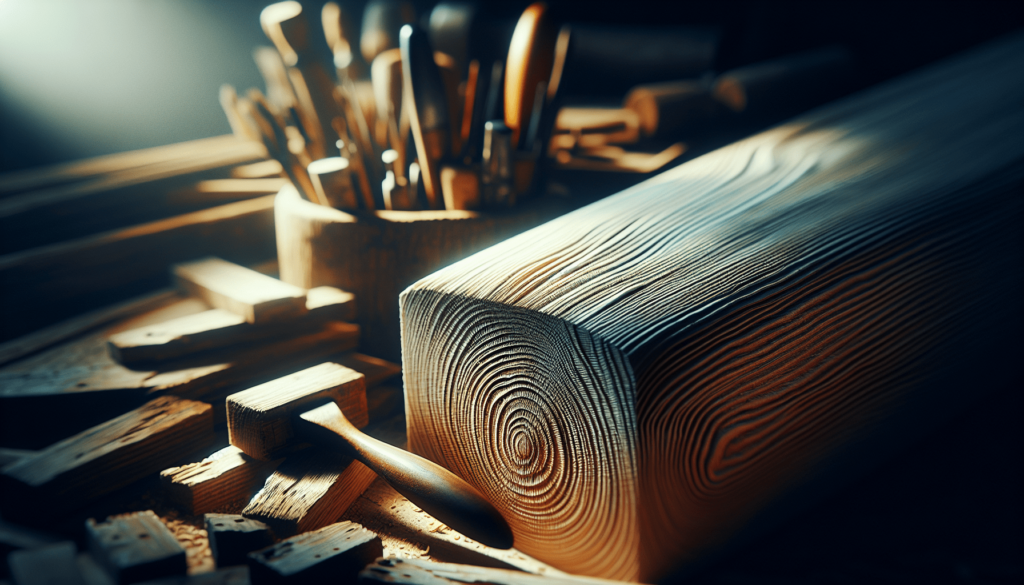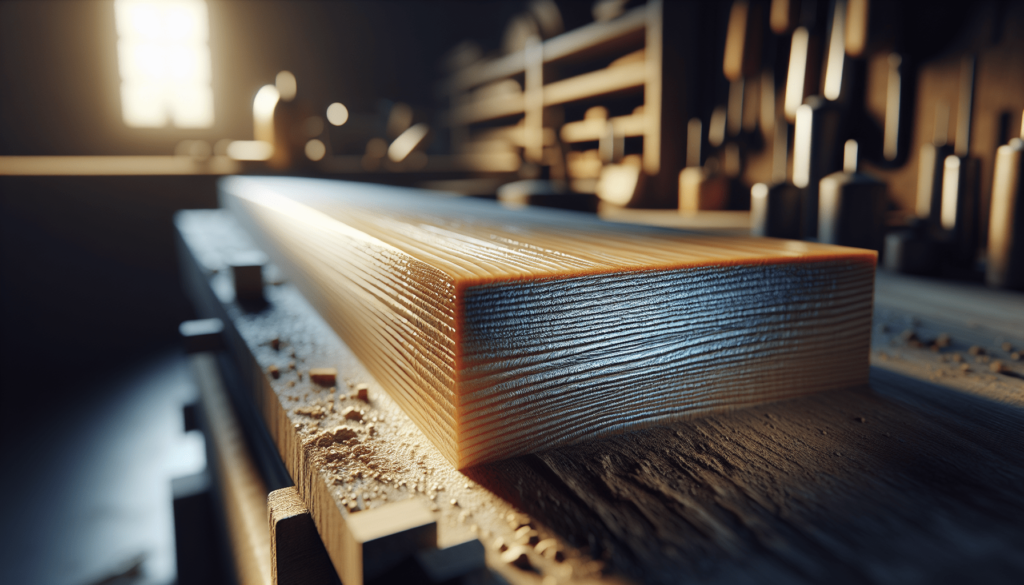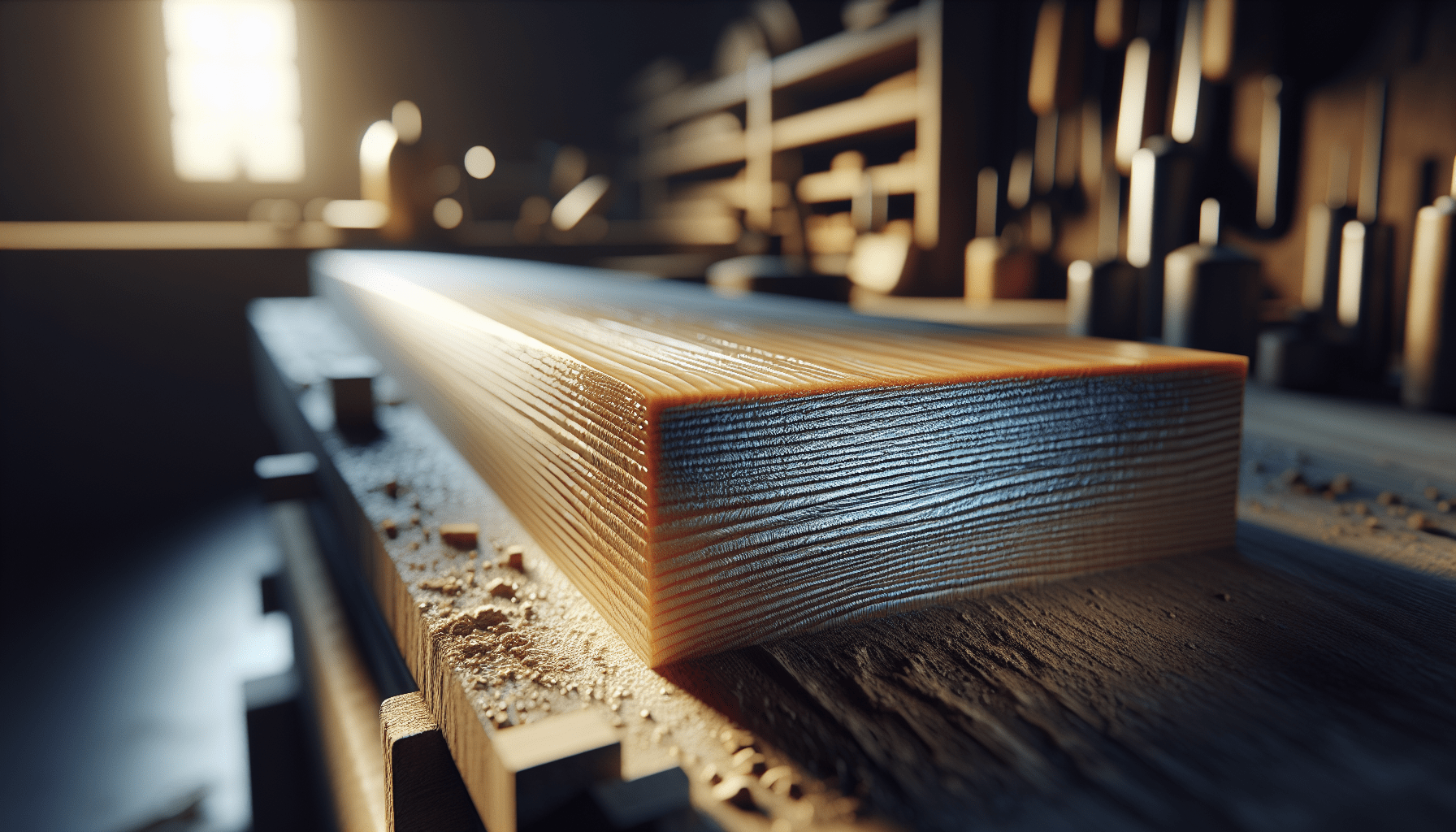I recently delved into the fascinating world of pyrography, the art of burning designs onto wood. As I explored, I learned that not all types of wood are suitable for this craft. Some woods, like pressure-treated lumber or those with toxic oils such as pine, can pose serious health risks or result in subpar artwork. It turns out that selecting the right kind of wood makes all the difference in ensuring both my safety and the quality of my creations. Let’s walk through the key points together so that you can avoid the pitfalls I stumbled upon. Have you ever tried pyrography, or maybe you’re just thinking about giving it a go? Pyrography’s one of those hobbies that’s as satisfying as it is intricate—watching those burn marks transform a blank wooden canvas into a work of art. But let’s get into the nitty-gritty. What wood should not be used for pyrography? Trust me, it’s a more important question than it sounds.
A Misstep in Your Creative Journey
So, there I was, immersed in my first pyrography project. The wood-burning pen felt like an extension of my very own hand. But soon, my nose started twitching. An unpleasant, almost chemical odor filled the room. My eyes watered, and it felt like my lungs were rebelling. I realized I’d chosen the wrong type of wood. Picking the wrong wood can result in not just artistic disappointment but potential health hazards. Let’s go through this step-by-step, so you can avoid my rookie mistake.
Why Wood Choice is Crucial
The Long and Short of It
Some woods are your best friends in pyrography, while others are like that one friend who promises to help you move but doesn’t show up and sends a cringe-worthy excuse. Here’s why:
| Good Woods | Bad Woods |
|---|---|
| Basswood | Pine |
| Birch | Cedar |
| Poplar | Treated Wood |
| Maple | Plywood |
| Beech | MDF (Medium Density Fiberboard) |
Touching on each of these might seem like a long checklist, but I’ve got some stories and facts to make it a fun trip.

Woods to Avoid
Pine: The Troublemaker
Let’s start with Pine—a troublemaker in the world of pyrography. Pine is often considered a newbie’s choice because it’s cheap and easy to find. What’s wrong with Pine? Well, it’s full of resin, which not only makes it difficult to burn steadily but also emits harmful fumes. The smell will hit you first, and it’s not one of those nostalgic campfire scents.
Cedar: Smells Good, but Nah
Cedar smells wonderful when it’s fresh, right? Wrong, at least in the pyrography world. All those lovely oils and scents come with a catch: they produce toxic fumes when burned. You don’t want your art to double as a health risk, do you?
Treated Woods: The Toxic Cocktail
Avoid treated woods like the plague. These are the woods that have been soaked in chemicals to make them resistant to rot, insects, and all other things nature throws at them. The chemicals, when pyrographed, release fumes that are both toxic and potentially carcinogenic.
Plywood: Layered Problems
Plywood may seem like a good choice because it’s stable and plentiful, but let’s not get ahead of ourselves. Each thin layer in plywood is glued together using adhesives. When you burn through them, it’s like having a chemical cocktail party in your lungs. Not pleasant, right?
MDF: The Silent Killer
MDF might sound fancy—Medium Density Fiberboard and all—but don’t be fooled. It’s essentially wood dust glued together using formaldehyde resin. Yes, formaldehyde. Burning it releases that into your workspace. Not exactly the kind of atmosphere you want.
What Makes a Good Pyrography Wood?
Basswood: The Holy Grail
If I had to make an award for the best pyrography wood, Basswood would get the biggest trophy. This wood is soft and has a fine grain, making it perfect for detailed work. Plus, it doesn’t produce any nasty fumes.
Birch: The Reliable Sidekick
Right after Basswood, Birch is another excellent choice. It’s got a smooth texture and a light color, making it easier to see your burn lines. Birch is also stable and durable, meaning your masterpiece will last.
Poplar: The Underdog
Poplar is the underdog that no one talks about but should. It’s affordable and readily available. This wood is softer than Birch but still gives you a smooth burning experience without toxic side effects.
Maple: The Strong Silent Type
Maple is a bit harder, making it less forgiving for beginners. But if you’re comfortable controlling your burn, it’s beautiful to work with. It also provides a really stunning finish and is non-toxic.
Beech: The Classic
Beechwood is another classic. It’s durable and holds up well. It’s great for pieces that will be handled or moved frequently. What’s more, it’s also odorless, adding a pleasant note to your artistic process.

Health Implications: More than Just a Nuisance
Short-Term Effects
When you use the wrong wood, noxious fumes can cause headaches, dizziness, and eye irritation. That might sound mild, but spend enough time in these conditions, and you’re heading for an unpleasant experience.
Long-Term Risks
Long-term exposure to toxic fumes from treated wood or plywood can lead to severe respiratory problems. Formaldehyde and other chemicals are also carcinogenic. Inhaling them regularly poses a significant health risk.
Practical Tips for Wood Selection
Ask Questions
When buying wood, don’t be shy. Ask if the wood is treated or untreated. If you’re buying from a hardware store, sometimes the employees don’t even know the difference! Your health is worth a couple of questions.
Check Labels
If you’re buying packaged wood, look at the labels. The label often will indicate whether the wood has been treated. It’s surprising how many people overlook this step.
Start Small
When you’re experimenting with a new type of wood, start small. A lot of times, you can buy small samples or scraps to test out first. That way, you’re not investing in a huge piece that you can’t use.
Ventilation is Key
Regardless of your wood choice, always pyrograph in a well-ventilated area. Open windows, fans, and even some form of dust collection can make a big difference. Fresh air will not only keep you safe but also keep your head clear for all that intricate detailing you’re planning.
Alternative Materials: Thinking Outside the Box
Leather
Did you know you can do pyrography on leather too? It gives a whole new texture and feel to your artwork. Just make sure it’s untreated vegetable-tanned leather—anything else can emit harmful chemicals when heated.
Paper
You might think paper would just go up in flames, but no, you can actually do pyrography on specially prepared artist papers. It’s a niche within a niche and pretty fascinating if you ask me.
Gourds and Bark
Feeling adventurous? Try pyrography on gourds or bark. They bring unique textures and can be quite striking. However, always ensure you’re aware of any natural oils or resins in these materials that might be harmful when burned.
Common Mistakes in Pyrography
Over-Burning
Trying to get that perfect deep burn and you end up scorching more than you intended? That’s a beginner mistake, and often it’s because the wood isn’t suited for the level of detail you’re aiming for. Soft woods like Pine will make it harder for you to achieve neat, precise burns.
Poor Preparation
Not sanding your wood properly can make the pen skip, creating uneven burns. Always take the time to prep your surface for a smooth finish. Trust me; your future self will thank you.
Unstable Workspace
Yes, I’m talking about those wobbly tables or makeshift setups. Stability in your work area is crucial for precision. It also ensures you don’t accidentally knock over your hot pyrography pen—safety first, always.
Conclusion: The Final Burn
You’ve made it through our little wood expedition, learning the do’s and don’ts, and now you’re ready to make informed choices. Pyrography is an incredible journey, and a significant part of that journey lies in making the right choices up front. It’s not just about creating beautiful art but also about keeping yourself safe while doing it.
So the next time you stand before a stack of wooden boards at your local hardware store, you’ll know exactly what to pick, and more importantly, what to avoid. Happy burning, and may your art catch the eye (but not the lungs) of all who behold it!

